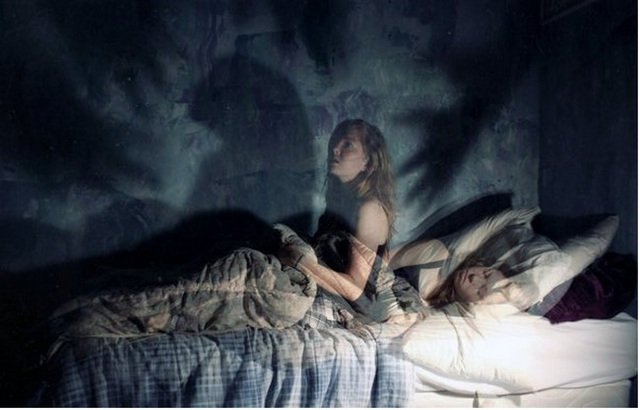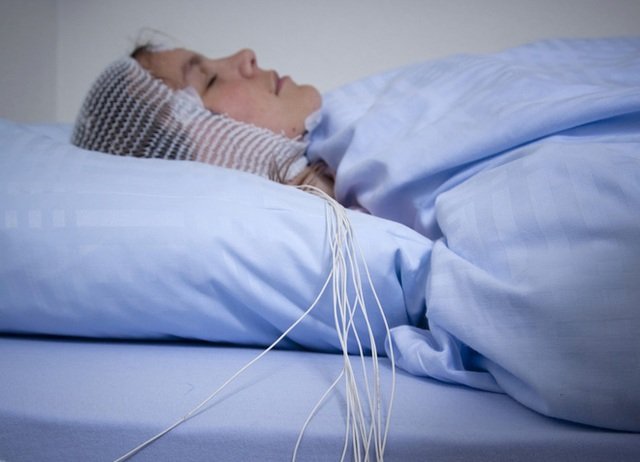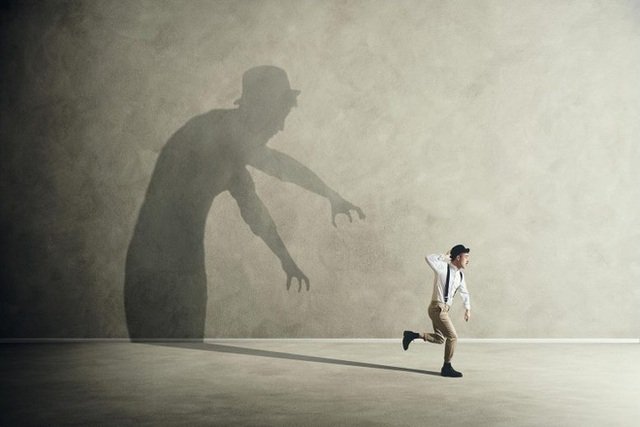Nightmares can cause feelings of fear or distress.
By mapping human brain activity during sleep, scientists have reinforced the idea that dreams are a rehearsal space for bad scenarios we may face.
The more nightmares you have and the more terrifying the nightmares, the calmer you will be in facing difficult situations in life.
`For the first time, we have identified the neural correlates of fear when we dream, and observed that corresponding regions are activated when a person experiences fear in both sleep and sleep.
Human sleep remains a mystery, but anyone who has ever had a nightmare can deduce from personal experience that mood and sleep are closely intertwined.
Similar to when you wake up, we humans can all experience emotions in our dreams.
Today, scientists think that rapid eye movement (REM) sleep can somehow stabilize our negative emotions and memories.
There is preliminary evidence that emotional centers in our brains, such as the amygdala, remain active during sleep.

However, those are simply correlations, and all we have so far are hypotheses about the relationship between dreams, the areas of the brain and the emotions they influence.
One of those hypotheses is called the ‘threat simulation hypothesis’. According to this hypothesis, our brain has a mechanism to deal with fear in life, it will ‘rehearse’
Meanwhile, another theory suggests that sleep can resolve emotional conflicts, reducing our negative moods the next day.
Both hypotheses agree that, in principle, experiencing fear in our dreams leads to better responses upon waking.
Now, a group of scientists have performed real-life experiments to test which hypothesis is correct.

`Dreams can be considered a real training for our future reactions and can potentially help us face dangers in real life,` Perogamvros said.
Using high-resolution electroencephalography (EEG), researchers monitored brain activity during sleep in a total of 18 volunteer participants.
Analyzing the results, the researchers found that there are two brain regions related to fear: the insular area and the cingulate cortex.
Just as the amdygdala is associated with fear, the insula is also activated by distress and is associated with emotions in the waking state.
To learn more about these areas and their role, neuroscientists gave a dream diary to 89 participants.
At the end of the week, volunteers will undergo magnetic resonance imaging (MRI) to record brain activity in real time.
Neuroscientist Virginie Sterpenich from the University of Geneva said: `We found the more fear someone felt in their dreams, the less activated the insula, cingulate and amygdala areas were when they looked.
`In addition, activity in the medial prefrontal cortex, known to inhibit the amygdala in fearful situations, increased proportionally to the number of scary dreams the volunteers encountered.`
These experimental results support the hypothesis that dreams are effective rehearsal situations, helping the brain recalibrate its activity to better cope with dangerous situations in real life.
However, the study authors also warn that nightmares can sometimes be excessive, causing real distress and disrupting the sleep of the person experiencing them.

`We believe that if a certain threshold of fear is crossed, dreams lose their beneficial role, acting as an emotional regulator,` concludes Perogamvros.
Besides studying nightmares that bring negative feelings in dreams, scientists are also studying how sweet dreams, with positive feelings, will affect us in real life.
Check out Sciencealert
